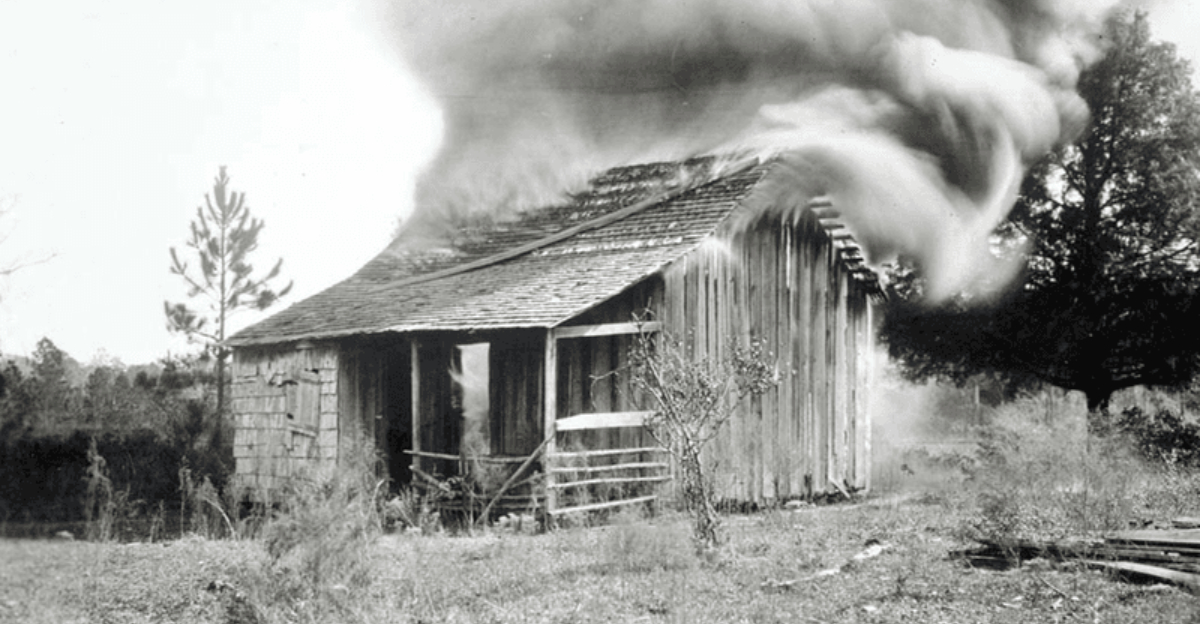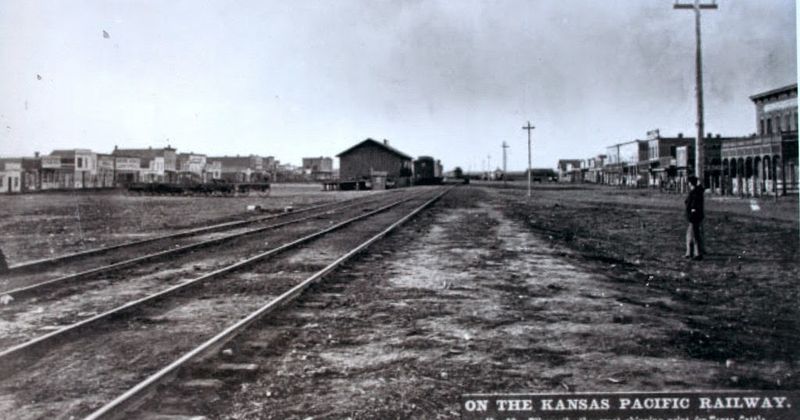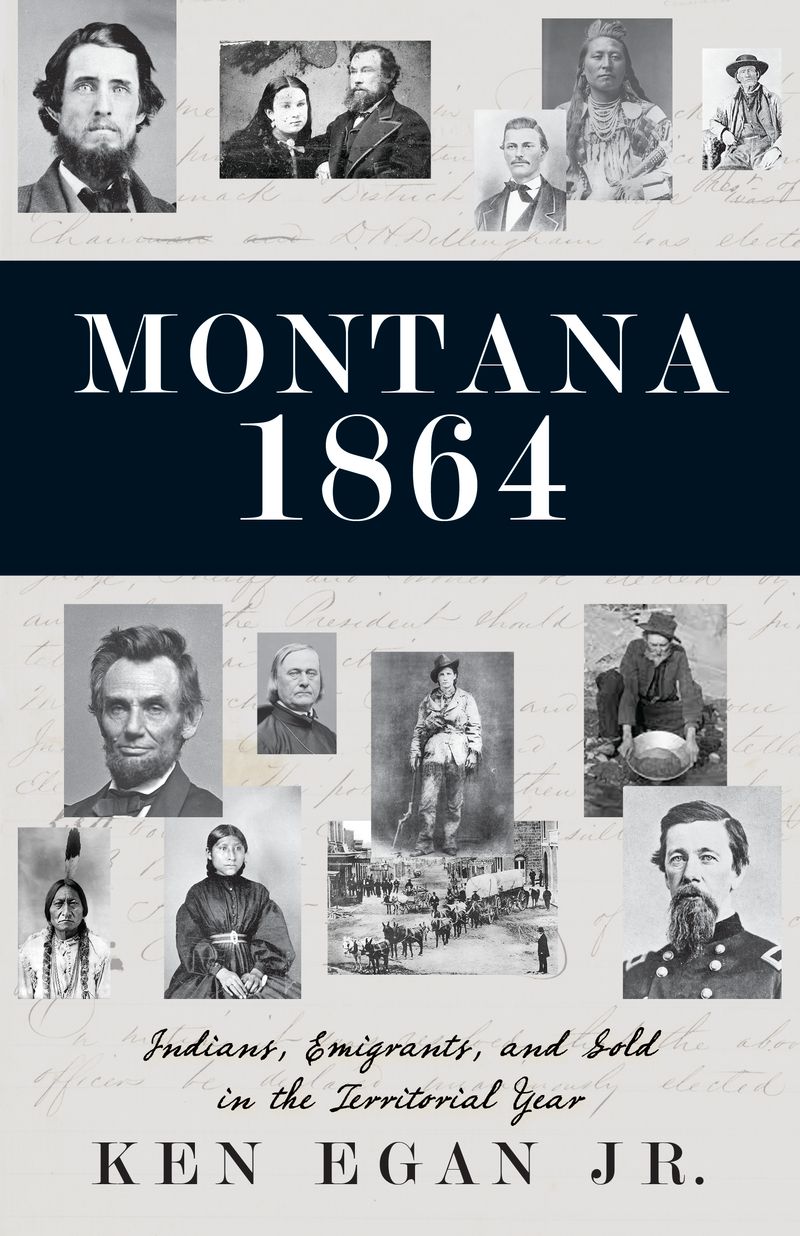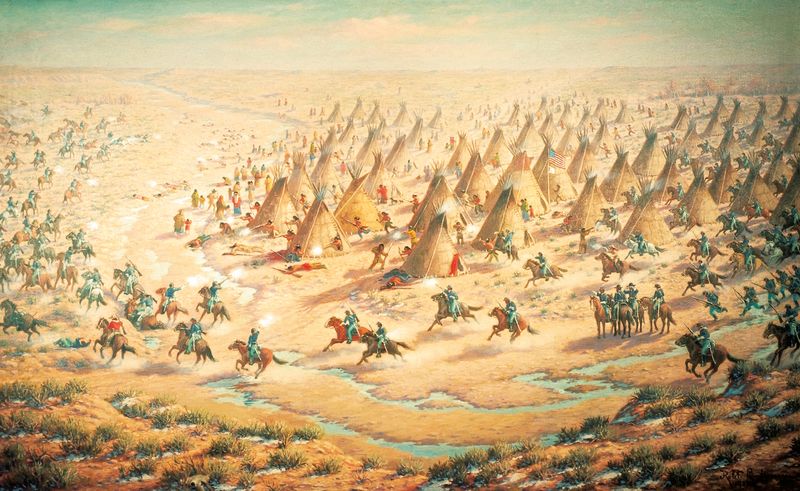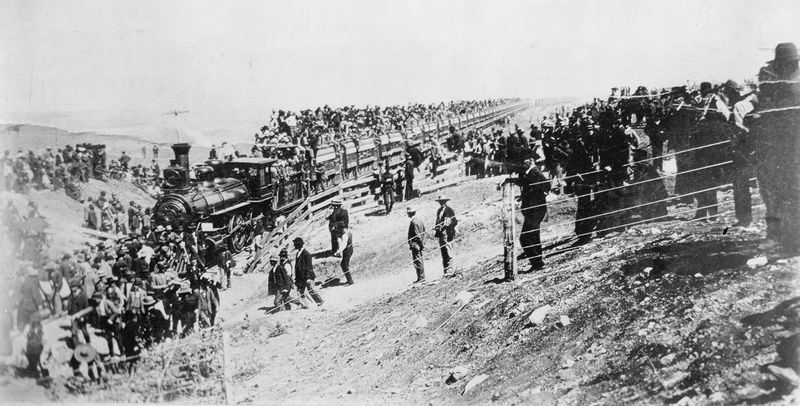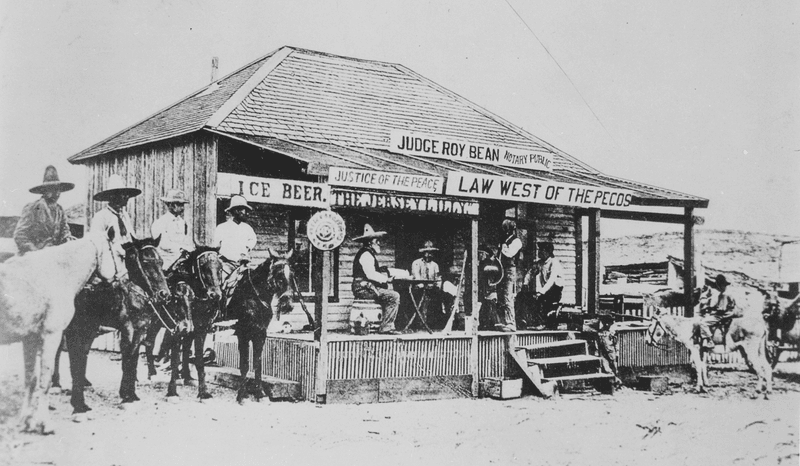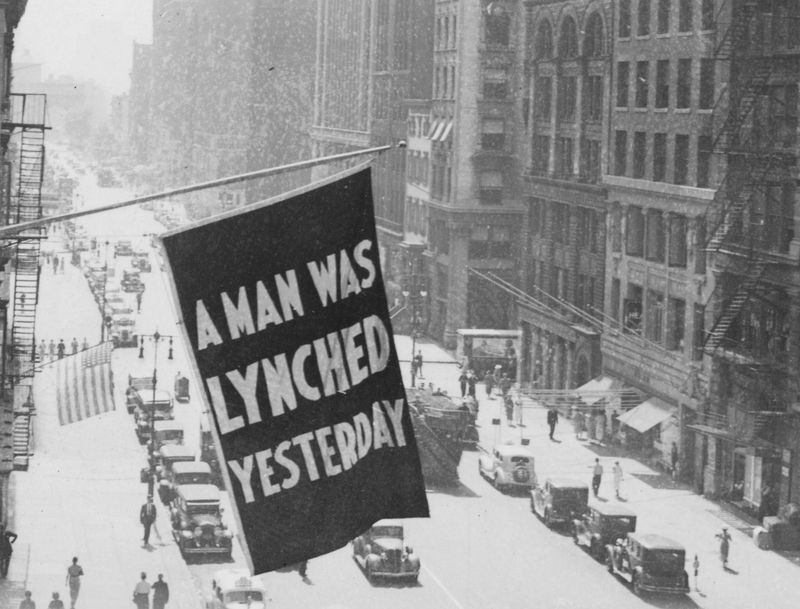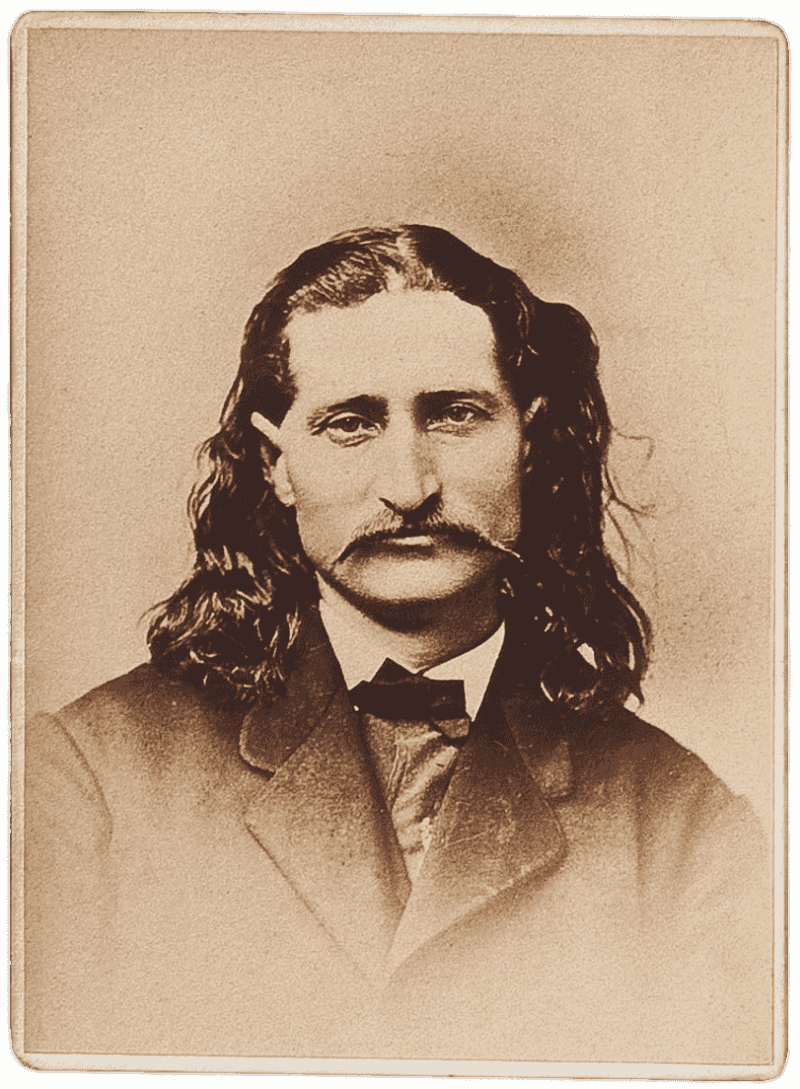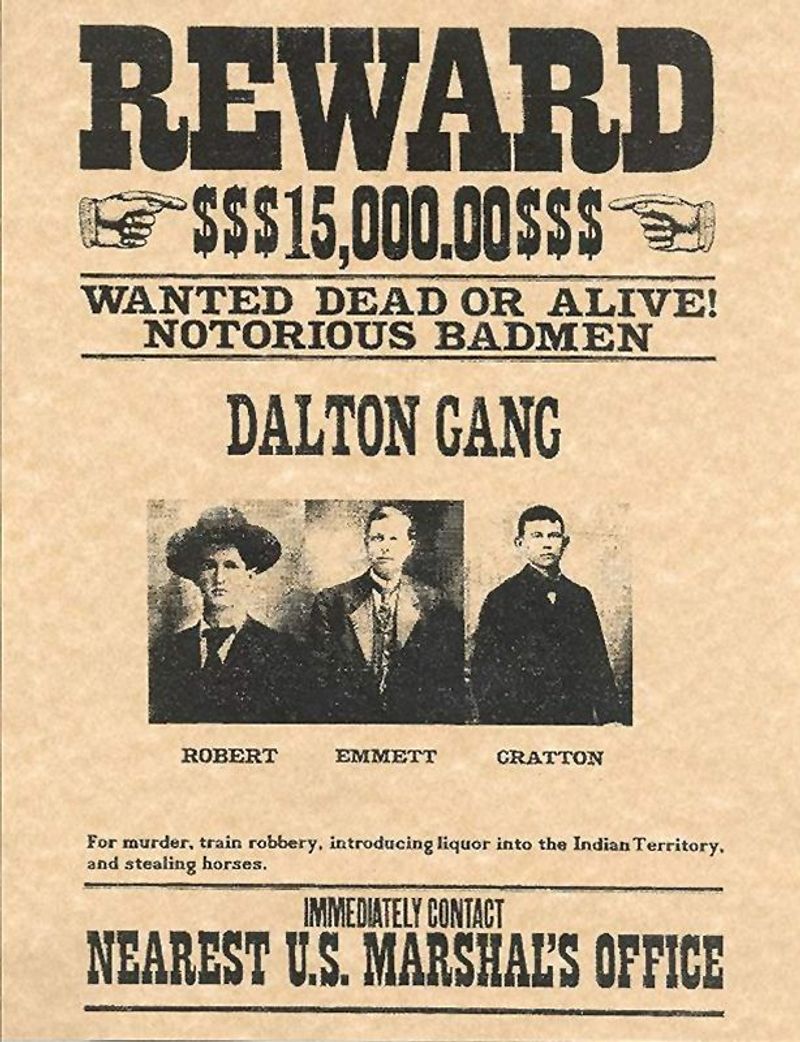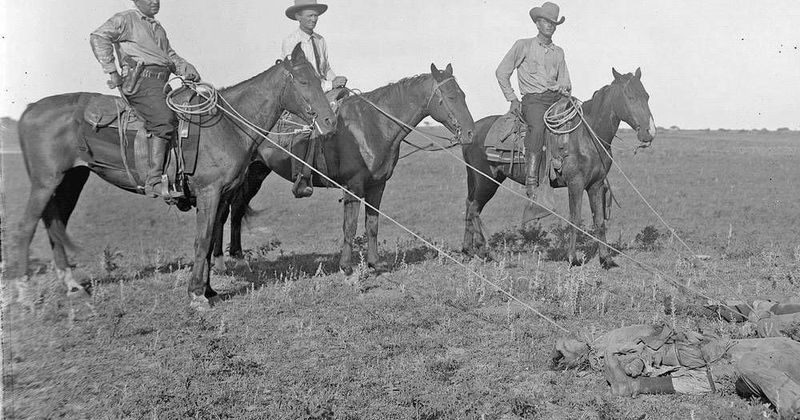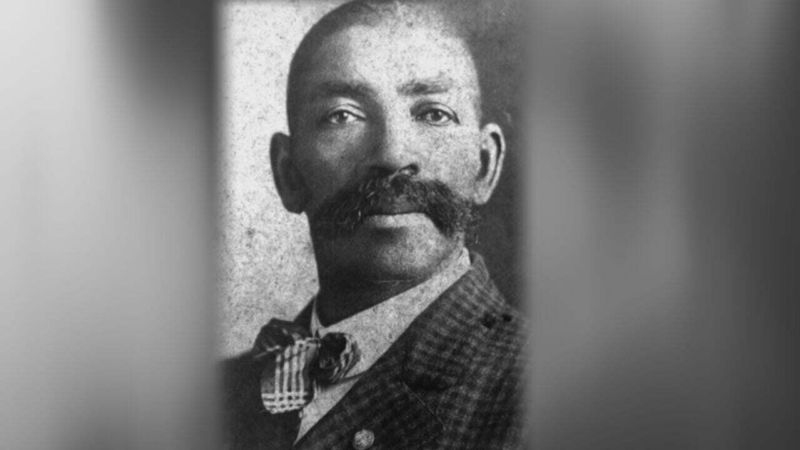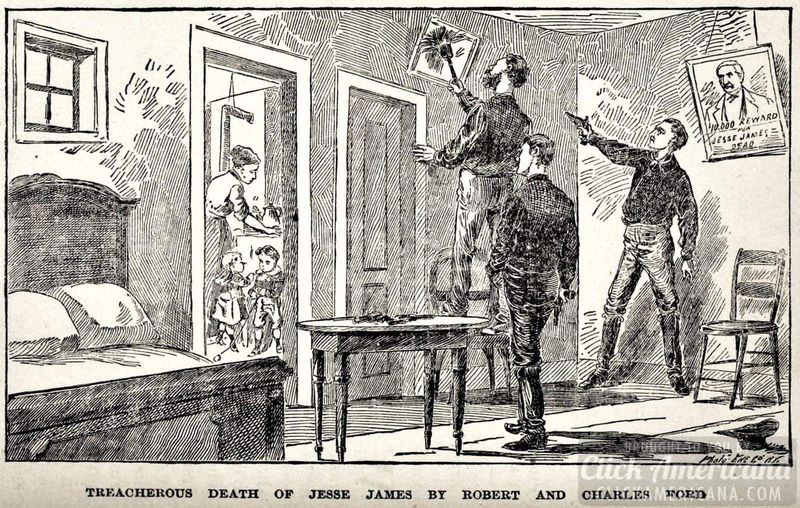The frontier era of the American Wild West is often romanticized, but beneath the tales of cowboys and outlaws lay a brutal and erratic system of justice. From vigilante mobs to miscarried trials, justice in the Wild West was anything but fair.
This blog post explores 20 shocking cases where justice went awry, highlighting the reckless and often tragic outcomes.
Each case reveals the unpredictable nature of law and order during this turbulent period, offering a glimpse into a world where justice was as wild as the West itself.
1. The Lynching of Ellsworth, Kansas (1868)
In the dusty streets of Ellsworth, Kansas, 1868, a mob’s fury led to a hasty execution. The accused, suspected of murder, was denied the chance to prove innocence. Rumors fueled the chaos, and a gallows became a symbol of injustice.
The town’s air was thick with tension, as citizens watched the spectacle unfold. With no trial, the mob acted as judge, jury, and executioner.
Only later did whispers of doubt emerge. The man’s guilt remained unproven, leaving a shadow on the town. Justice, in this case, was irrevocably denied.
2. The Johnson County War (1892)
In Johnson County, 1892, tension simmered beneath the Wyoming sky. Wealthy cattle barons, feeling threatened by local rustlers, took drastic action. They hired armed gunmen to eliminate the competition, bypassing the justice system entirely.
Ranchers and settlers found themselves caught in a deadly conflict. The law lay silent as violence erupted.
With no trials or hearings, executions were swift and merciless. Fear gripped the land, as justice became a commodity controlled by the powerful. For many, the Johnson County War epitomized the era’s brutal disregard for legal fairness.
3. Tom Horn’s Execution (1903)
Tom Horn, a former Pinkerton detective, found himself at the mercy of a dubious legal system in 1903. Convicted of murder on flimsy evidence, Horn’s trial was marred by controversy.
His rugged demeanor couldn’t shield him from the whispers of a scapegoat. The evidence was circumstantial, but the gallows loomed large.
Many argued that Horn was a convenient target, rather than a guilty man. His execution left a lingering sense of injustice. It served as a reminder of how easily justice could be manipulated in the Wild West.
4. The Shootout at the O.K. Corral (1881)
The O.K. Corral shootout in 1881 remains one of the most famous gunfights in history. The Earp brothers, along with Doc Holliday, faced off against the Clanton-McLaury gang in Tombstone, Arizona.
Though celebrated as heroic, the legality of their actions was murky at best. The Earps acted with questionable authority, leading to controversy.
After thirty seconds of gunfire, three men lay dead. Heroes or vigilantes? The debate rages on. The shootout symbolizes the blurred lines between justice and lawlessness during the Wild West era.
5. The Trial of Billy the Kid (1881)
In 1881, Billy the Kid faced a rushed legal process that left him with scant hope for a fair defense. The young outlaw, known for his daring exploits, became a symbol of the Wild West’s chaotic justice system.
The courtroom was a theater of tension, with spectators eager for a verdict. Legal procedures were hurried, leaving little room for fairness.
The Kid’s fate was sealed as much by public perception as by law. His trial underscored the era’s swift and often unjust legal outcomes, leaving his story shrouded in myth and controversy.
6. Vigilante Justice in Montana (1864)
In the wilds of Montana, 1864, a group known as the “Montana Vigilantes” took the law into their own hands. Frustrated by rampant crime and a lack of legal authority, they executed over 20 men.
The vigilantes claimed to serve justice, but their methods were brutal. With no trials, they acted as judge, jury, and executioner.
The tales of their deeds spread fear and controversy. While some saw them as heroes, others viewed them as outlaws. Their legacy is a stark reminder of the dangers of unchecked power in frontier justice.
7. The Sand Creek Massacre (1864)
The Sand Creek Massacre of 1864 remains one of the darkest chapters in American history. U.S. soldiers attacked a peaceful Cheyenne and Arapaho camp in Colorado, slaughtering over 150 people—mostly women and children.
The brutality shocked the nation, yet justice was never served. The massacre highlighted the racial tensions and injustices of the era.
Victims were left without recourse, their pleas for justice ignored. The event stands as a haunting reminder of the Wild West’s disregard for human life and the fragile nature of justice on the frontier.
8. The Railroad Wars of Texas and Kansas
During the Railroad Wars, tension erupted as rail companies expanded across Texas and Kansas. Armed agents clashed with settlers, sometimes resorting to lethal force to clear land.
The promise of progress came at a steep cost, as communities faced displacement and violence. The law often favored corporate interests, leaving settlers vulnerable.
In the name of progress, justice was sacrificed. The wars epitomized the Wild West’s chaotic development and the harsh reality of frontier expansion. The legacy of these conflicts continues to echo in tales of corporate greed and human cost.
9. The Hanging Judge Roy Bean’s Courtroom (1880s)
Judge Roy Bean, known as the “Law West of the Pecos,” held court in the 1880s with a blend of humor and unpredictability. His rulings were as colorful as his personality, with real consequences for those who appeared before him.
Bean acted as judge, jury, and sometimes executioner, in a courtroom that was part saloon. His decisions often reflected his eccentric nature rather than strict legal principles.
While some saw him as a folk hero, others questioned his fairness. Bean’s courtroom remains a symbol of the Wild West’s unique and often erratic approach to justice.
10. The Tulsa Outlaws Lynching (1898)
In Tulsa, 1898, justice took a sinister turn as a mob stormed a jail and lynched three men accused of being outlaws. The air was heavy with tension and anticipation, as torches flickered in the night.
Due process was abandoned in favor of mob rule. The men’s screams went unanswered, their lives ended without trial.
The lynching highlighted the era’s racial and social tensions, where justice was often overshadowed by prejudice. The events left a scar on the community, reflecting the Wild West’s dark underbelly of injustice.
11. The Misuse of the “Dead Man’s Hand” (Wild Bill Hickok)
Wild Bill Hickok, a legendary figure, met a tragic end in a Deadwood saloon. Playing poker in 1876, he held the infamous “Dead Man’s Hand”—aces and eights—when shot in the back.
His killer, Jack McCall, faced only a short prison term before being pardoned. The miscarriage of justice was as shocking as Hickok’s death.
Hickok’s story became legend, symbolizing the unpredictable nature of Wild West justice. The brevity of McCall’s punishment left many questioning the integrity of the legal system, tarnishing the legacy of a true frontier icon.
12. The Trial of Crazy Horse — That Never Happened
Crazy Horse, a revered Native leader, faced betrayal rather than a fair trial. In 1877, while surrendering, he was fatally stabbed under false pretenses.
The fort where he met his end was shrouded in tension and mistrust. His death symbolized the broader injustice faced by Native Americans during the era.
Denied the opportunity to defend himself, Crazy Horse’s legacy endures as a symbol of resistance and injustice. His story reflects the harsh realities of a legal system skewed against indigenous peoples, further complicating the narrative of the Wild West.
13. The Hanging of Elizabeth Potts (1890)
Elizabeth Potts, Nevada’s only legally executed woman, faced a grim fate in 1890. Accused of murder, her trial was fraught with allegations of coerced confessions and dubious evidence.
The execution drew public attention, casting a shadow over the justice system. Her stoic demeanor belied the controversy surrounding her case.
Many questioned the fairness of her trial, and whether her confession was forced. Potts’ execution serves as a stark reminder of the era’s gender biases and the precarious nature of justice for women in the Wild West.
14. The Doolin-Dalton Gang’s Brutal Pursuit
The Doolin-Dalton gang’s exploits were legendary, but their end was brutal. Lawmen pursued them with relentless determination, often resorting to lethal force.
The gang, known for their daring robberies, faced a justice system that preferred bullets over trials. Ambushes and shootouts became their fate.
Members were killed on sight, leaving little room for a fair trial. The pursuit highlighted the Wild West’s preference for rough justice. The gang’s story remains a testament to the era’s merciless approach to law enforcement, where the line between justice and vengeance blurred.
15. The Massacre at Camp Grant (1871)
The Camp Grant Massacre in 1871 was a chilling example of vigilante justice gone awry. Over 100 Apaches, mainly women and children, were slaughtered in a brutal raid.
The attackers faced trials, but the court’s verdict was an acquittal. The massacre highlighted the era’s racial prejudices and the fragility of justice.
The Apaches’ cries went unheard, their plea for justice ignored. The massacre remains a profound reminder of the Wild West’s dark side, where violence and bias often overshadowed fairness and lawfulness.
16. The Lynching of Mexican Cowboys in California
In 19th-century California, racial tensions led to the lynching of Mexican cowboys during land disputes. Mobs, driven by prejudice, took the law into their own hands.
The cowboys, trapped by their circumstances, faced a dire fate without trial. Their cries for justice were silenced by the hangman’s noose.
These lynchings starkly illustrated the racial injustices of the Wild West. The plight of the Mexican cowboys serves as a somber reminder of the era’s harsh realities, where justice was too often dictated by race and social standing.
17. The Wrongful Arrest of Bass Reeves (1902)
Bass Reeves, one of the first Black U.S. Marshals, faced wrongful accusations of murder in 1902. Known for his integrity and skill, Reeves found his reputation tarnished by the charges.
The courtroom buzzed with tension as evidence exonerated him, but the damage lingered. His story highlighted the racial biases of the era.
Despite his acquittal, Reeves’ struggle underscored the precarious nature of justice for African Americans in the Wild West. His legacy continues to inspire, a testament to resilience in the face of injustice.
18. The Death of Jesse James (1882)
Jesse James, a notorious outlaw, met a treacherous end in 1882. Shot in the back by a supposed friend seeking bounty, his death was as dramatic as his life.
The friend’s betrayal was glorified, overshadowing the injustice of the act. The scene left a mark on Wild West folklore.
James’ story remains a symbol of the era’s betrayal and lawlessness. His death, more murder than justice, reflects the chaotic nature of frontier life, where loyalty was as fleeting as the wind across the plains.
19. The Rosewood Massacre (1923)
Though post-frontier, the Rosewood Massacre of 1923 shares the Wild West’s lawless tone. A Black town in Florida was destroyed after false accusations led to mob violence.
The air was thick with smoke and fear, as homes and lives were consumed by flames. The survivors found no justice or restitution.
The massacre underscored the racial tensions that persisted into the 20th century. Rosewood’s haunting legacy is a stark reminder of how easily justice can be overshadowed by prejudice and violence. The community’s cries remain a powerful call for truth and reconciliation.
20. The Dispossession of Native Lands via Treaties
Dispossession of Native lands through treaties marked a grave injustice in the Wild West. Often signed under duress or deceit, these agreements led to the loss of homelands and culture.
Native leaders, facing impossible choices, signed treaties with heavy hearts. The ink sealed their fate, as promises were broken.
The treaties’ legacy is one of loss and resilience. Native communities continue to fight for recognition and rights. The injustice serves as a somber reminder of the Wild West’s darker chapters, where legal agreements masked profound violations of trust and sovereignty.
